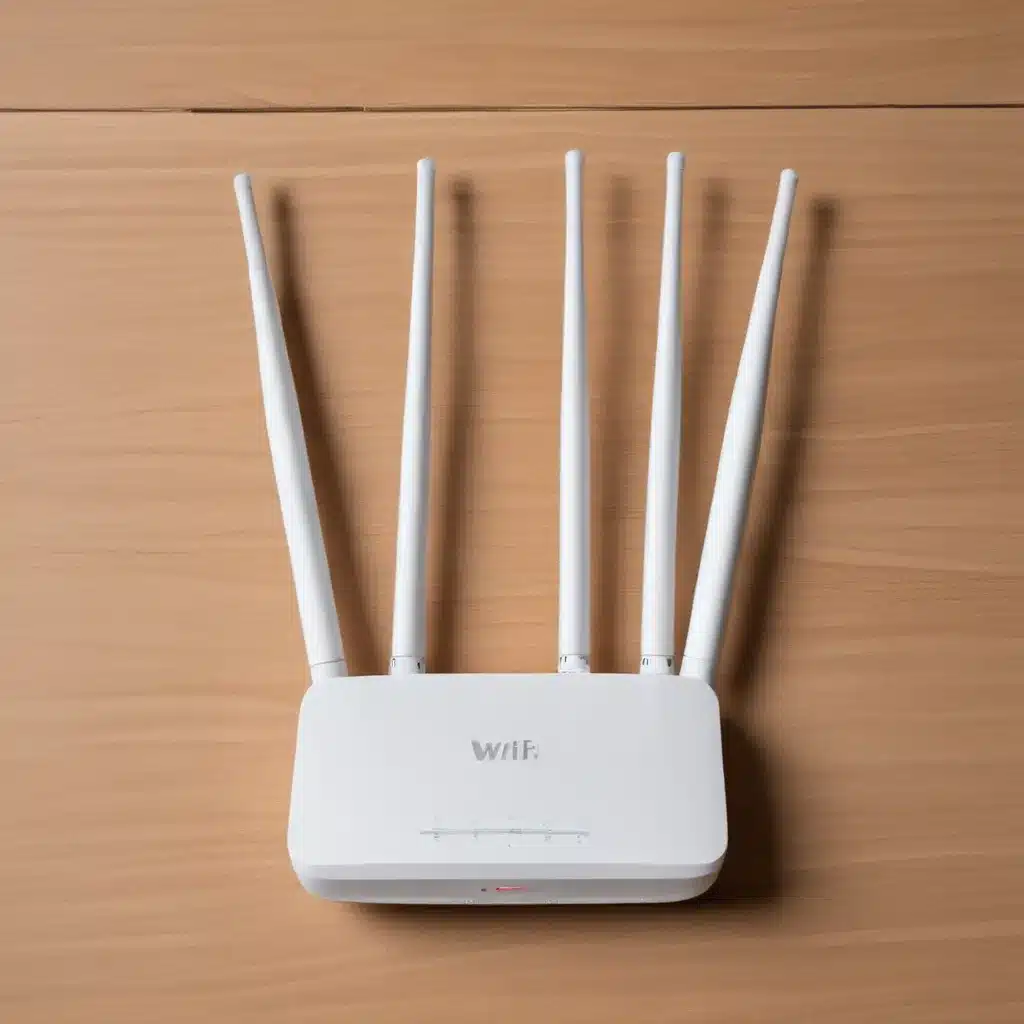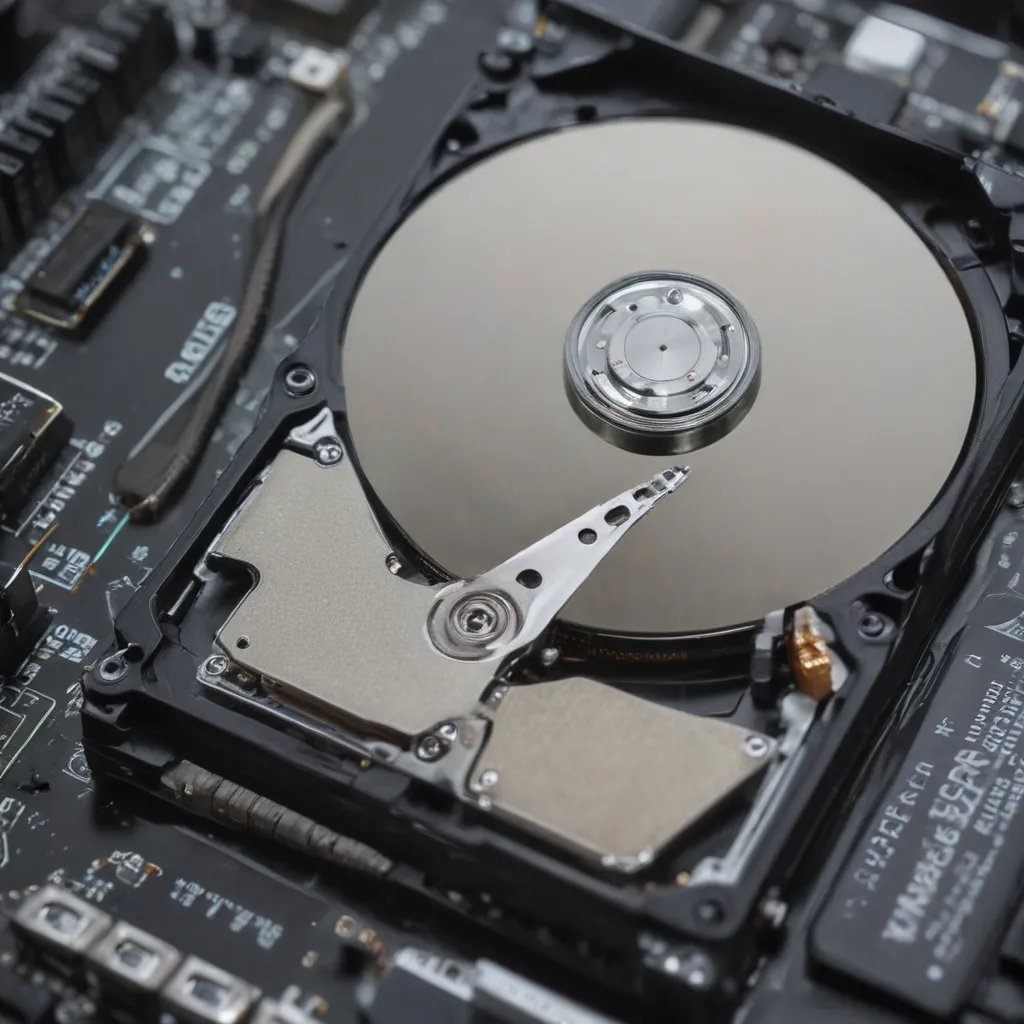The internet of things (IoT) refers to the billions of internet-connected devices and sensors that collect and share data. As more devices get connected, IoT security becomes increasingly crucial. Here is an in-depth look at securing connected devices and IoT.
Why IoT Security Matters
With the proliferation of IoT devices, cyber attacks can result in serious consequences beyond just data theft. Hackers can exploit vulnerabilities in IoT devices to gain access to core systems and networks. Lax IoT security can enable cyber attacks to:
- Disrupt critical infrastructure like power grids and water treatment facilities.
- Endanger human lives by tampering with medical devices or smart vehicles.
- Enable surveillance through compromised cameras and microphones.
- Facilitate data breaches by providing backdoor access to sensitive systems.
IoT security is key because these devices interact with the physical world. I need to take IoT security seriously as lax practices can enable real-world havoc.
Challenges in Securing IoT Devices
Securing the IoT ecosystem poses some unique challenges:
-
Massive scale – Billions of heterogeneous devices, from various vendors, get connected rapidly. Securing them all is difficult.
-
Resource constraints – Many IoT devices, like sensors, have limited computing power and cannot run advanced security software.
-
Lack of standards – With no common security standards, IoT devices often have weak default passwords, unencrypted traffic, and vulnerable code.
-
Updates and patching – IoT devices rarely get security updates and remain vulnerable. Forced updates can be problematic for critical systems.
-
User behavior – Humans are often the weakest link. Insecure user practices like poor password hygiene further weaken IoT security.
These factors make IoT environments intrinsically more insecure. A holistic approach is needed to secure the entire IoT ecosystem.
Best Practices for Securing IoT
Here are some best practices I should adopt for securing IoT:
Secure the Device Hardware
- Include a trusted platform module (TPM) chip for hardware-based security features like encryption and access control.
- Incorporate tamper-resistant packaging to prevent physical access to the device hardware.
- Disable unnecessary ports and hardware interfaces to minimize attack surface.
Build Security Into IoT Software
- Adhere to secure coding practices, like input validation, to prevent vulnerabilities in IoT apps and firmware.
- Encrypt network communications and data storage for IoT devices.
- Implement strong, unique passwords and multi-factor authentication for device access.
- Regularly update and patch IoT software to address vulnerabilities.
Monitor Connections and Traffic
- Monitor network activity to quickly detect malicious connections and anomalies.
- Segregate IoT systems using virtual local area networks (VLANs) to limit lateral movement after a breach.
- Require VPNs, firewalls, and intrusion prevention systems (IPS) to prevent unauthorized access.
Maintain Device and Data Integrity
- Use blockchain and hashing to establish trusted device identities and enable secure data provenance.
- Detect tampering via trusted execution environments (TEEs) and hardware root-of-trust mechanisms.
- Restrict and monitor data access to prevent leaks in case of compromise.
Drive Adoption of Security Standards
- Advocate for regulations and policies to prioritize security in IoT devices.
- Increase adoption of standards like the IoT Security Foundation framework.
- Prefer devices with certification like UL’s IoT Security Rating.
By following these best practices, I can drastically improve IoT security and reduce risks. But securing the exponentially growing IoT ecosystem requires sustained efforts.
Emerging Technologies for Securing IoT
Several emerging technologies promise to address IoT security challenges:
-
Artificial intelligence – AI and machine learning can quickly identify vulnerabilities and abnormal behavior at scale.
-
Blockchain – Decentralized blockchain networks can authenticate devices, enable trust, and preserve data integrity.
-
Lightweight encryption – Methods like lattice cryptography allow even resource-constrained devices to encrypt communications.
-
Trusted execution environments – TEEs provide hardware-secured environments isolated from main firmware to run sensitive apps.
-
Edge computing – Pushing computation to the edge improves performance, reduces data transfer, and centralizes security.
-
IoT-specific protocols – Protocols like MQTT and CoAP meet IoT-specific demands like low power and bandwidth better than HTTP/TCP.
While these technologies seem promising, their real-world security impact remains unproven. I need to carefully evaluate them before widespread adoption.
Case Study: Securing Connected Cars
Connected cars contain numerous sensors and systems connected over wireless networks. This connectivity enables new capabilities but also makes them vulnerable to life-threatening cyber attacks.
Automakers are adopting these key steps to secure connected vehicles:
- Segment internal networks and disable unnecessary connectivity to limit exposure.
- Encrypt and authenticate all wireless communications using standard schemes like 802.11p.
- Isolate safety-critical systems like brakes and use tamper-proof modules.
- Carry out rigorous penetration testing to find and address vulnerabilities.
- Provide frequent over-the-air software updates to patch bugs.
- Adopt a collaborative, defense-in-depth approach across vendors.
However, challenges like legacy systems, lack of standards, and connected third-party apps persist. With cars essentially becoming “computers on wheels”, sustained efforts are needed to guarantee passenger safety and prevent attacks.
As this case study shows, a holistic cybersecurity strategy tailored to the unique risks of each IoT domain is essential.
The Road Ahead
IoT adoption is rapidly growing, with connected devices projected to surpass 25 billion by 2025. While connectivity and data-driven insights promise increased efficiency and capabilities, lax IoT security threatens safety, privacy, and critical infrastructure.
With lives and livelihoods at stake, the importance of securing connected devices cannot be overstated. Achieving resilient IoT security requires sustained engagement from all stakeholders – vendors, users, governments, and security experts. As IoT becomes ubiquitous, I must make security the foundation rather than an afterthought.













